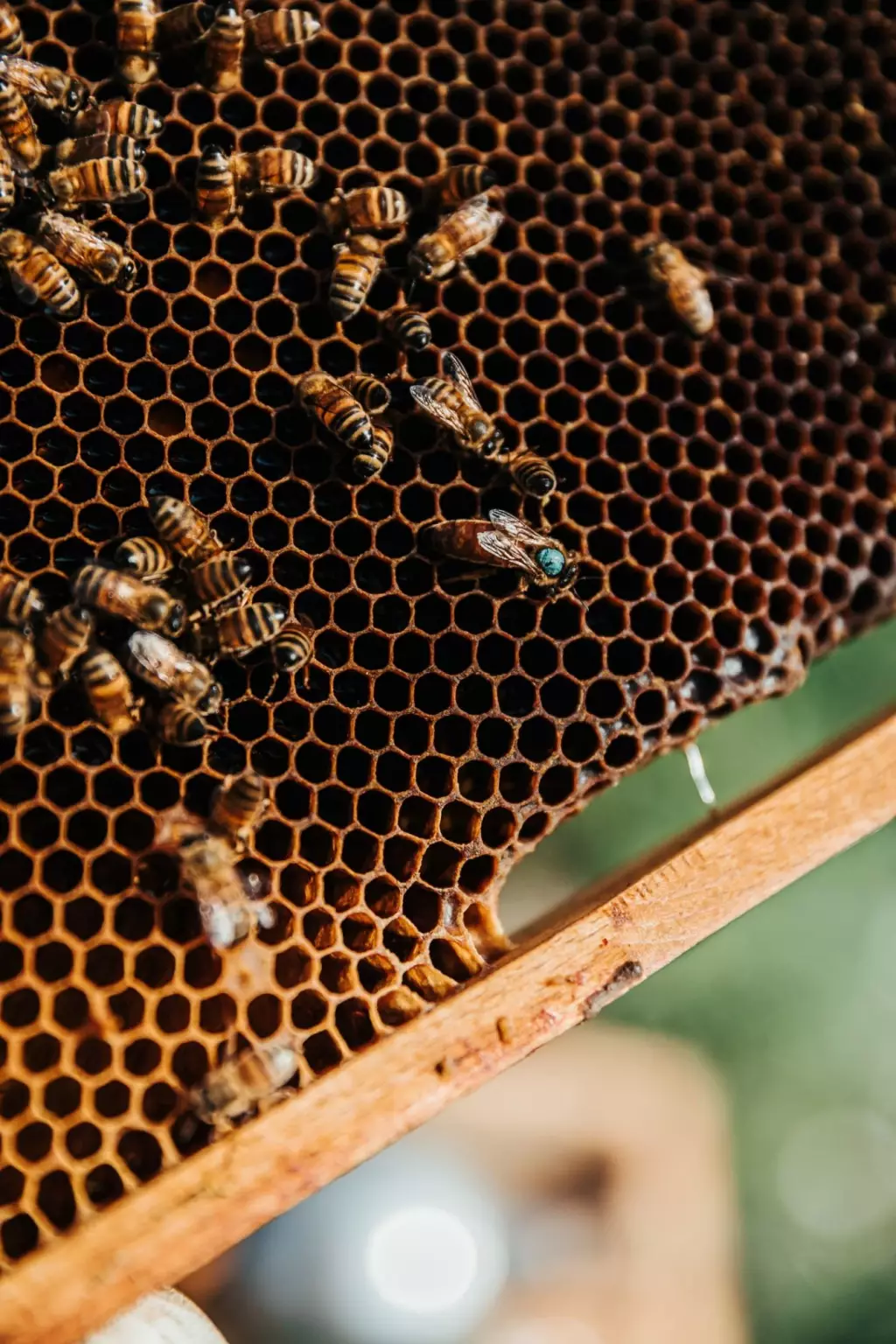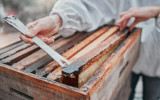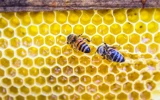How Fast Can Bees Fill a Honey Super?
We live in a fast-paced world wherein if we want something, we get it instantly. If you are a beekeeper or is just curious to know how fast bees can produce honey and how much they can produce, you are on the right track with this article. Keep scrolling to know how fast can bees fill a honey super.
If honey flow is good, a strong and healthy bee colony can fill a honey super in 1 week or less. However, it takes between 2 to 4 weeks for an average bee colony to fill a honey super, while the weaker ones take at least 1 to 2 months.
Of course, the weather isn't so consistent that bees can work nonstop. Bees take breaks too. If conditions aren’t favorable inside and outside, the speed of honey production is affected. In this article, we’ll discuss a few factors that affect the speed of honey production and how they can be dealt with.
Summary
- If honey flow is good, a strong colony can fill a honey super in less than a week.
- To consider a colony as a strong one, they must possess the specific characteristics of a healthy hive.
- Honey flow and weather conditions are contributing factors to how fast bees can fill a honey super.

On this page:
Bees Can Fill a Honey Super in Just a Few Days
A honey super is any of the hive boxes that serve as the hive's exterior walls. Honey super allows the beekeeper to collect surplus honey. Super is short for the word "Superstructure" as these boxes are designed specifically to enable hives to be stacked on top of each other.
Honey flow, on the other hand, refers to the abundance and availability of nectar, wherein bees can gather enough for their nutrition and can even store surplus honey for future use. Technically speaking, it is the same as nectar flow. A good honey flow therefore means a time when nectar producing flowers are in full bloom and the weather is suitable for foraging - offering bees a great opportunity to increase their honey production.
Strong bee colonies are characterized by the following:
- They have a strong, healthy queen
- They have thousands of workers that thrive for the hive
- They have a good supply of pollen and honey in their storage
- Their brood is healthy, cells are well- capped, have similar age, and well- distributed
- They are pest – free and disease-free

Given that all conditions are met, and the honey flow is strong, a healthy and strong bee colony can fill a honey super in 7 days or less. The average bee colony will need 2 – 4 weeks to fill up a honey super.
A weak colony of bees, however, will take longer time to fill a honey super, ranging from 1 – 2 months. A colony is considered weak if it has a smaller number of worker bees. Honeycomb that is easily penetrated and destroyed by moths and beetles is also an indication of a weak beehive colony.
While the above numbers prove just how bees are good when it comes to working as a team to fill a honey super, let's take into consideration the underlying factors that affect the speed of honey production.
Factors Affecting How Fast Can Bees Fill a Honey Super
The great opportunity for bees to forage and produce honey during a good honey flow doesn't always come. There are unfortunate instances that a colony of bees go through which renders them incapable to fill honey supers up to its rim or render them incapable to produce at all. Below is a list of these factors:
Strength of the colony
As discussed, strong colonies are those with higher number of worker bees, have a healthy brood pattern, and strong and pest-free hive filled with honey and pollen. They have the tendency to fill up honey super sometimes in just 3-4 days or in a week. The weaker colonies however, since they have less worker bees, will have lesser honey produce and will take a slow 1-2 months in average to fill a honey super.
Honey Flow
Honey flow affects the rate at which bees can fill a honey super, since a good honey flow allows greater honey production, and no honey flow meant no honey to produce. Unfortunately, no matter how strong the hive is, if the honey flow is not strong, it would mean nothing.
Frame Type and Size
New frames will take longer time to be filled since the bees will allot more time to draw combs. Frames with drawn combs are much preferred if you want your honey supers to be filled much faster. A 10 frame deep honey super is also more difficult to fill faster than a 10 frame medium, so it's best to consider sizing also.
Weather Conditions
Even if you have a strong colony, a strong honey flow, and you got all the right sizes for the supers, if the weather doesn't permit bees to collect nectar, it will take a longer time to get that honey super filled.
How Many Honey Supers Per Hive Should I Have?
A single hive can carry at least 2-3 honey supers. Before your first honey super become filled, say around two-thirds of the super, you might want to add the next one on top of it. You may repeat this process until a super is completely waxed which means it is ready to be extracted. Monitoring is key when adding supers because you won't want your bees to be overfilling a honey super without another one to move on to.
When Does a Honey Flow Occur?

To fill a honey super, a strong colony must be in sync with a good honey flow.
A honey flow, however, can be difficult to predict even if it's most likely to occur in warmer months like summer. It can also happen during spring since honey flow refers to the abundance of blooming flowers. In spring, however, the weather is mostly windy, that bees don't find it suitable to fly and collect nectar. The best way to predict honey flow is a heightened bee activity. If you see bees flying out here and there, it must be because they know where they can find a rich source of nectar to produce honey.

